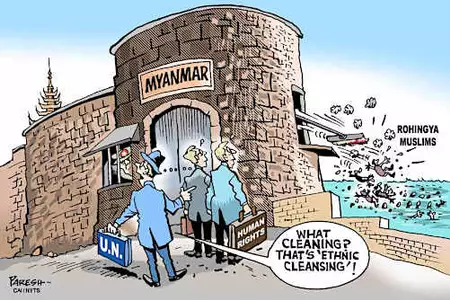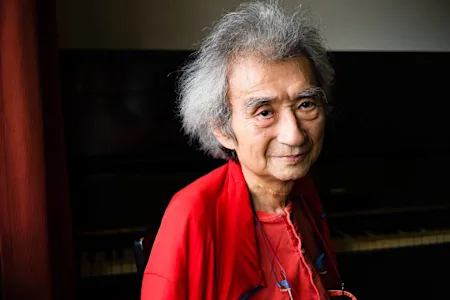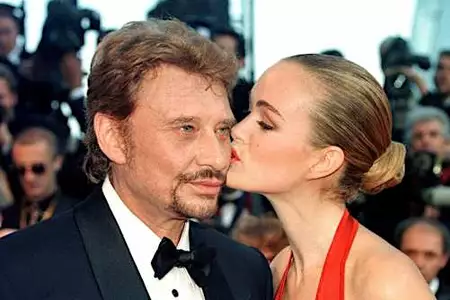- MARKETS
- 112.56 ¥/$ (5 p.m.)
FILM | WIDE ANGLE
Getting close to Ryuichi Sakamoto
BY KAORI SHOJI
CONTRIBUTING WRITER
Stephen Nomura Schible refrains from saying whether he and musician Ryuichi Sakamoto are friends, or even close, despite having filmed a documentary about him.
“When I’m in the U.S., everyone refers to him by his first name, but in my mind and when I’m in Japan, he is always Sakamoto-san,” says Schible. “It’s not my place to call him otherwise. I have too much respect for him.”
Sakamoto apparently returns the compliment.
“When we’re talking together, it’s always ‘Sakamoto-san’ and ‘Schible-san.’ It’s the distance between us that leads to our understanding.”
Despite his modesty, it’s hard to believe there is too much distance between the pair. Schible spent a full five years in the company of the lauded musician who, as a member of Yellow Magic Orchestra, is one of the pioneers of Japan’s techno pop scene. In the process of filming “Ryuichi Sakamoto: Coda,” Schible was an unobtrusive presence, but that didn’t stop him from gaining a true understanding of why Sakamoto is so revered.
“I understood right away why everyone in Japan calls him ‘professor,'” Schible says. “Sakamoto-san is amazingly erudite and he never stops working, which basically meant I couldn’t stop working either.”
Schible was born in Tokyo in 1970 and raised in Kichijoji by a Japanese mother and American father. (“I went to the American School in Japan and rode the Chuo Line to school every morning!”)
While at New York University film school, he worked as an assistant to filmmaker Kazuo Hara before making his name as a co-producer on the 2003 film “Lost in Translation.”
“We were shooting in Tokyo, my hometown, so I was the local navigator,” he recalls of “Lost in Translation.” “But with ‘Coda,’ the navigator is Sakamoto-san. I follow his lead, wherever it may take me.”
“Coda” takes its audience deep into Sakamoto’s life, including scenes that deal with the musician’s battle with oropharyngeal cancer, which he was diagnosed with in 2014. One instance in “Coda” shows Sakamoto jokingly saying that the illness is a message from heaven telling him that it’s OK to take a break.
The camera is also there for his recovery, and once he is back at the piano he composes two film soundtracks: “The Revenant” for Alejandro Gonzalez Inarritu and “Haha to Kuraseba” for Yoji Yamada.
Sakamoto has also been a strong supporter of the anti-nuclear power movement, and “Coda” follows him as he finds a piano in Miyagi that had been swallowed by the tsunami that followed the Great East Japan Earthquake, has it fixed up and which he now plays.
“When the earthquake hit the Tohoku region I was in New York, starting to film Sakamoto-san,” Schible recalls. “I followed him through that period and he became my window to what was happening in Japan. Ryuichi Sakamoto always thinks about the universal relevance of what he’s trying to express in his work. How he sees the world is directly reflected in what he does with his music.”
Sakamoto has won many awards throughout his career, and he will receive the Samurai Award at this year’s Tokyo International Film Festival.
Visuals and Music: A Special Talk Event with Fourth Samurai Award Recipient Ryuichi Sakamoto takes place at Tower Hall, Roppongi Academy Hills 49F on Nov. 1 (3 p.m. start). A screening of “Ryuichi Sakamoto: Coda” will follow the talk session.

 CLICK TO ENLARGE
CLICK TO ENLARGE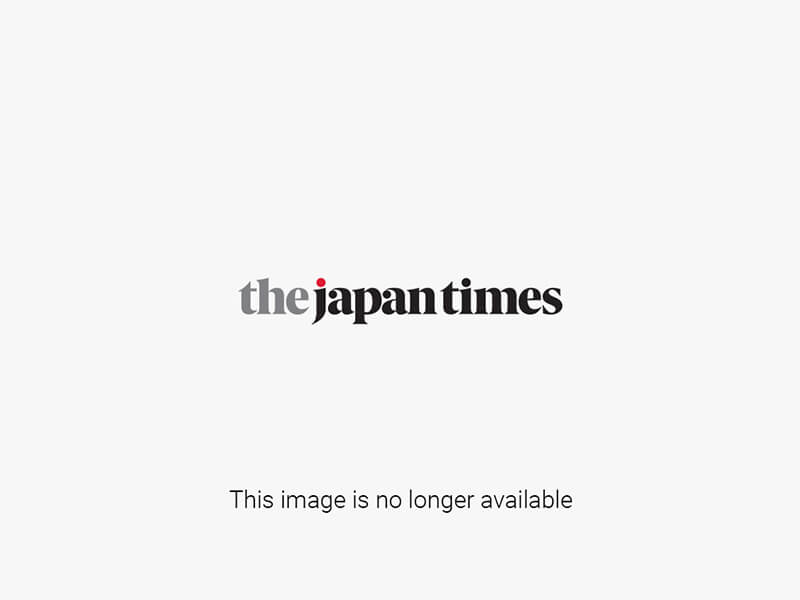
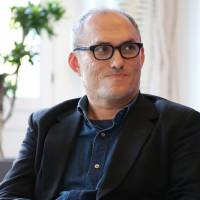
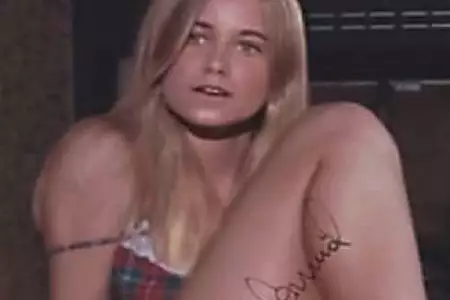
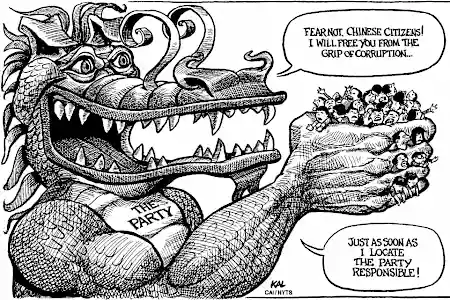


![[Gallery] Deanna Troi From Star Trek Is Completely Different In Real Life [Gallery] Deanna Troi From Star Trek Is Completely Different In Real Life](https://images.outbrain.com/transform/v2/eyJpdSI6ImVmOWI3MzlkM2VjY2FkMGU5Zjg3YzAzZDExOGE1YmFkYjYzNWE5YmFmNDJhZDViMmNhNmViYjIyYjJjZTIxZTIiLCJ3IjozMDAsImgiOjIwMCwiZCI6MS41LCJjcyI6MCwiZiI6MH0.webp)
